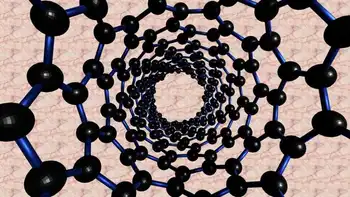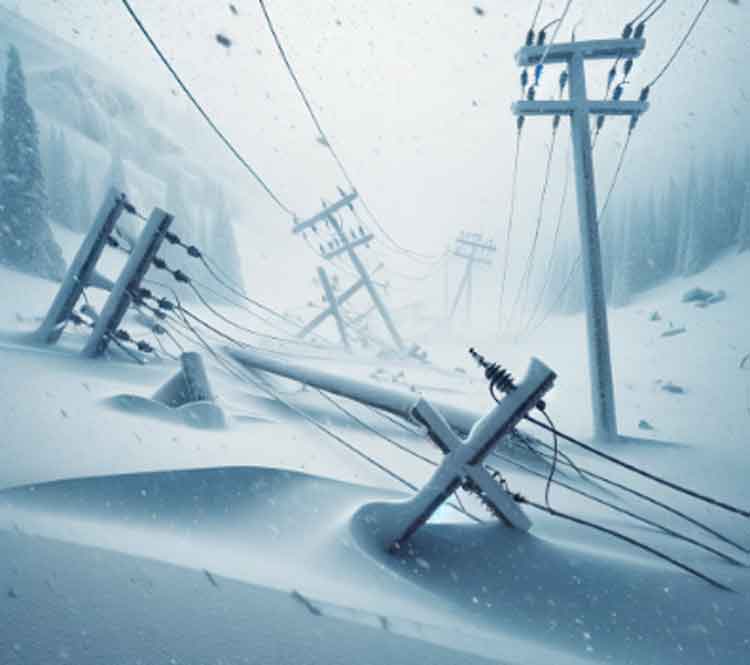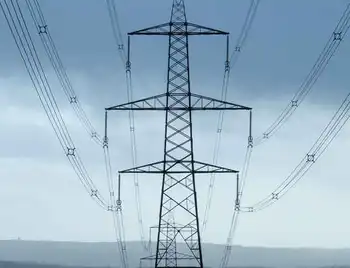Lake near power plant closed to anglers
By Princeton Daily Clarion
NFPA 70e Training - Arc Flash
Our customized live online or in‑person group training can be delivered to your staff at your location.

- Live Online
- 6 hours Instructor-led
- Group Training Available
The lake, which traditionally opens April 1, will remain closed due to high levels of selenium found in its water. But the property's outer ponds and sloughs will remain open, as no selenium was found in these bodies of water.
Selenium is a naturally occurring trace element found in most rocks and soil, and is bio-cumulative, which means it builds up in the biological system of a fish, as bigger fish eat smaller fish. Some species of fish are affected more than others by selenium. Some such as bluegill can tolerate only minute levels, while species such as catfish can endure much higher levels.
High levels of selenium have been known to disrupt the reproductive cycles and cause deformities in juvenile and adult fish, birds and other egg-laying wildlife. Duke Energy Indiana will be working with state and federal resource agencies, as well as independent experts, to study any potential ecological impacts.
In people, low levels of selenium are essential for good health, but high levels of selenium can cause illness.
People may consume low levels of selenium daily through food and water. But long-term human consumption of high levels of selenium has been shown to cause some unwanted health effects, such as selenosis. Human clinical signs of selenosis include a “garlic-like odor” on the breath, thickened and brittle nails, hair and nail loss, and neurological effects, including numbness, paralysis, pain in the feet and hands, and muscle twitching. Once fish consumption is ceased clinical signs of selenosis disappear.
Because of the high selenium levels, Duke Energy is taking a cautious approach by closing the lake to fishing, despite the fact that the selenium levels are below EPA action levels, yet still excessive by some state standards.
According to Duke Energy's Dawn Horth, the number of people using Gibson Lake has declined over the last 10 years, but the outer ponds still see a lot of activity.
“Last year we had around 2,824 people register at the check station,” she said. Horth added that there is no breakdown as to how many of those fishermen fished on the cooling lake.
Duke Energy's records also show around 9,000 fish were harvested, but again no breakdown exists as to what sort of fish were kept and where they were caught.
Created in 1972 when the Gibson Station was built, Gibson Lake used to be a large drawing card for anglers in Southwestern Indiana. But over the years and as the Gibson Station added electrical generating capacity, the water became warmer making it difficult for certain fish species to thrive and reproduce.
Originally stocked by the Indiana Dept. of Natural Resources, which also conducted fisheries surveys on the cooling lake, the state's involvement has been pretty much non-existent since 1997.
“Gibson Lake is essentially a private lake,” said Indiana fisheries biologist Dan Carnahan. “We did our last survey there in 1997 and I recall that pretty much all we found were stunted catfish, shad, wipers up to age 1 and green sunfish. Largemouth bass and crappie are pretty much gone because the water is so warm.”
Carnahan added that Indiana does not test, nor has it established any standards on the selenium as it occurs in fish populations. In Indiana, the state's Dept. of Environmental Management collects and tests fish tissue samples while it is the State Board of Health that issues statewide fish consumption advisories.
Although Duke Energy does does not survey the lake for species numbers, the company still continues to stock the lake with hybrid striped bass, or wipers.
“We don't stock so much for the anglers as we do shad control,” Horth said. The shad create a problem with the plant's intake pipes which is why wipers are stocked. “Other than that, the only species that can be found are those that enter the lake from the Wabash River.”
Horth said that Duke is still looking into what is causing the high selenium levels through additional studies currently being conducted. Although selenium is found in coal ash, a by-product produced by burning coal, it is also found in limestone.
“We have 13 miles of shoreline layered with limestone (rip-rap) which contains selenium,” she said. “But at this point we don't know the source of the concentration.”
Horth said that while the fish in the lake have tested with elevated levels, the danger of the selenium reaching the Wabash River is not a concern.
“We have a closed loop system for our cooling water,” Horth said. “Although we sometimes draw water from the Wabash River, we never release water back into it.”
Horth also said that Duke Energy has issued a fish consumption advisory.
According to a press release issued by Duke, “Some fishermen may have previously caught and frozen fish from Gibson Lake, so we asked the Indiana State Department of Health for guidance concerning fish consumption. As a precaution, the department of health recommends limiting fish caught at the Gibson Lake to one meal per week (52 meals per year) for adult males and females and one meal per month for women who are pregnant or breast-feeding, a woman who plans to have children, and children under the age of 15. One meal is considered to be 8 ounces of uncooked fish or 3 ounces of cooked fish or about the size of a deck of cards.”











